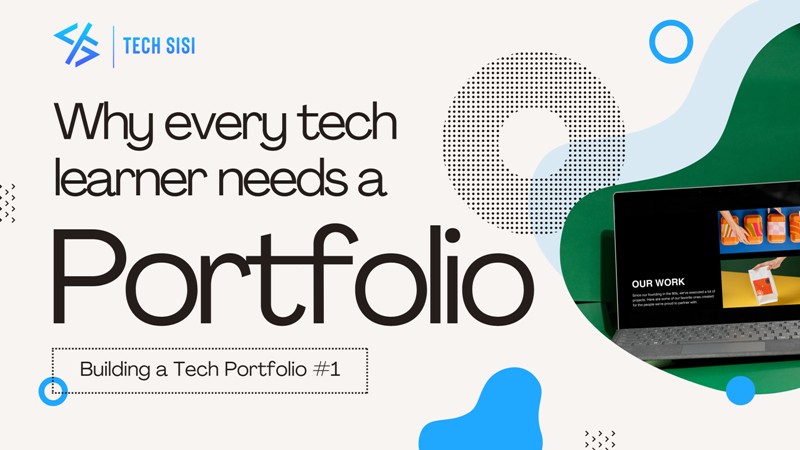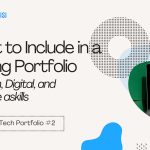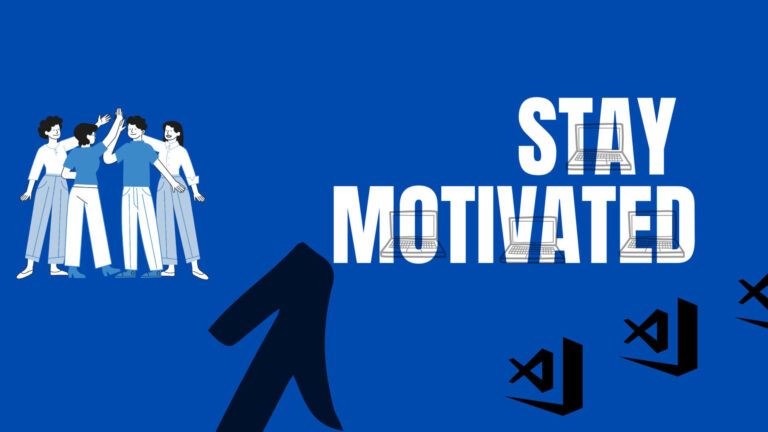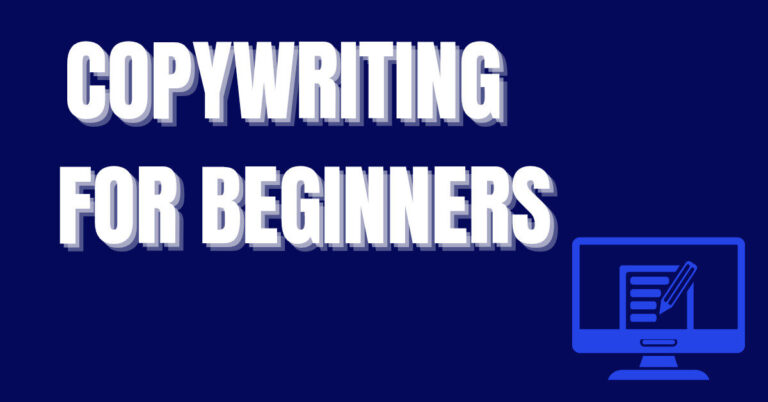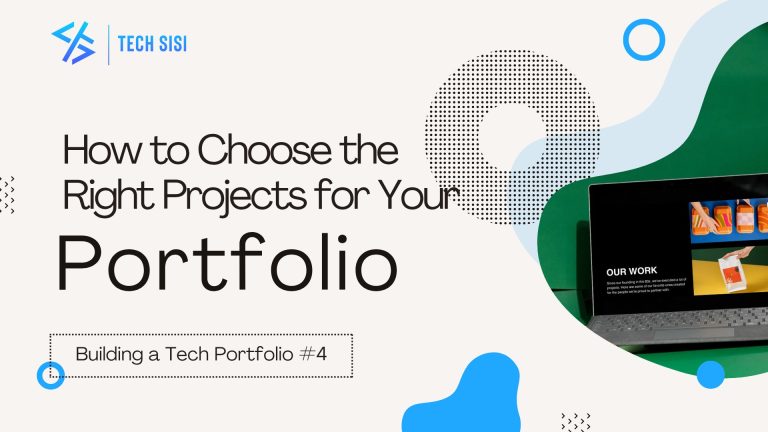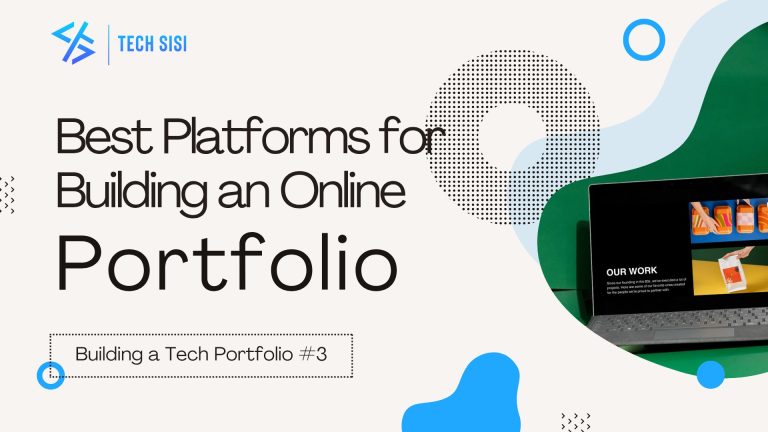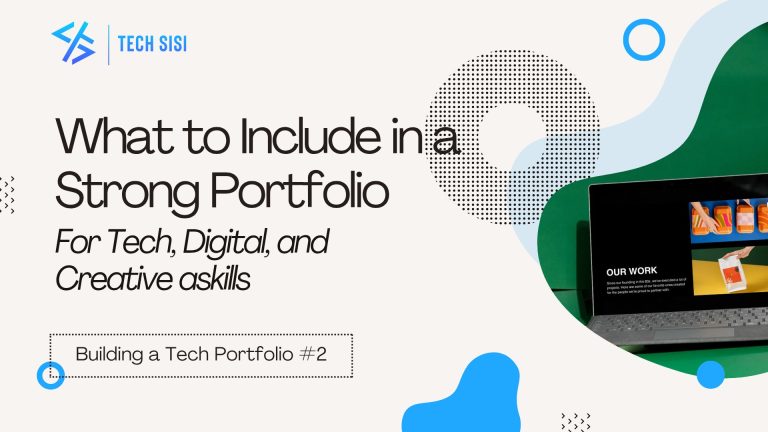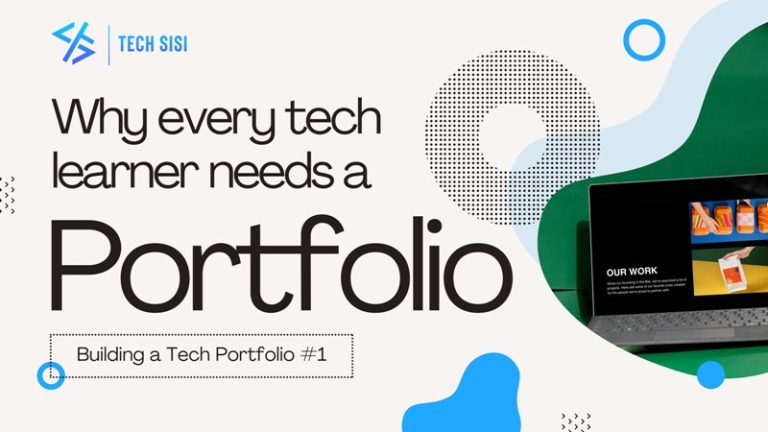A portfolio is a digital showcase that tells the story of your professional journey. It’s like an interactive resume where your skills, creativity, and projects come to life. For tech learners, it’s much more than a collection of work samples—it’s an opportunity to demonstrate your problem-solving abilities, your thought process, and your capacity to create tangible solutions. A well-crafted portfolio bridges the gap between your learning and real-world application, offering anyone a clear window into what you can do.

Why is a Portfolio Important?
- Shows Your Skills: A resume or LinkedIn profile may list your qualifications, but a portfolio adds credibility by showcasing proof. Whether it’s a website, app, design, or data analysis project, it allows others to interact with the results of your efforts, turning your skills from abstract concepts into concrete evidence. Instead of claiming you can code or design, you can let your projects speak for themselves.
- Makes You Stand Out: The tech world is competitive, and it’s common to meet other learners with similar qualifications. A portfolio sets you apart by highlighting not only what you’ve learned but how you apply that knowledge. It shows your unique approach to tackling problems, and your ability to complete real-world tasks, giving you an edge in a sea of applicants or freelancers.
- Helps You Get Jobs: Employers and clients aren’t just looking for theoretical knowledge—they want to see your skills in action. A strong portfolio can make the difference between landing a job or not. It’s a concrete way for recruiters and hiring managers to assess if you’re the right fit, while also giving you a chance to showcase personal projects or freelance work that may not be obvious on a resume.
- Boosts Your Confidence: Having a portfolio you can look back on is a great way to track your growth. It serves as a personal reminder of how far you’ve come and what you’ve accomplished. Every time you update it with a new project, you build a sense of achievement that fuels your motivation to learn more and tackle bigger challenges.
- Builds Your Personal Brand: A portfolio is more than just a tool to showcase your projects—it’s an essential part of building your personal brand. The style, tone, and content of your portfolio give others an impression of who you are as a professional. This is particularly important in freelance or entrepreneurial settings, where your portfolio can be a gateway to new opportunities.
How to Create a Portfolio

Choose a Platform:
Decide where your portfolio will live. Depending on your field, different platforms may be more suitable:
1. GitHub: Ideal for developers to display repositories, commits, and contributions to projects, including open-source collaborations.
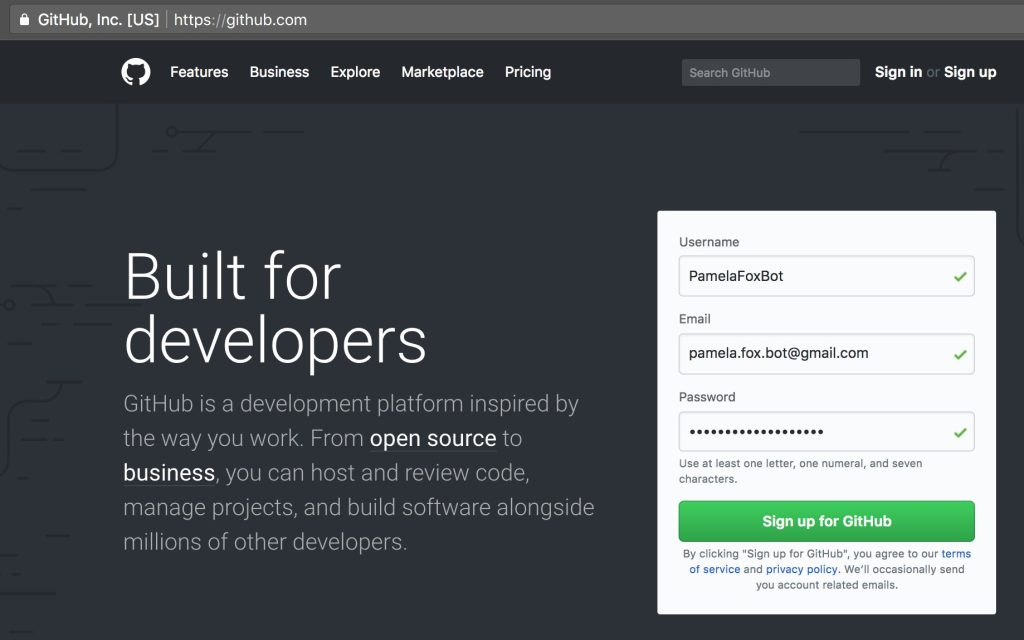
2. Behance or Dribble: Perfect for creatives like graphic designers, UI/UX designers, and illustrators to display design portfolios with a community-driven feedback system.
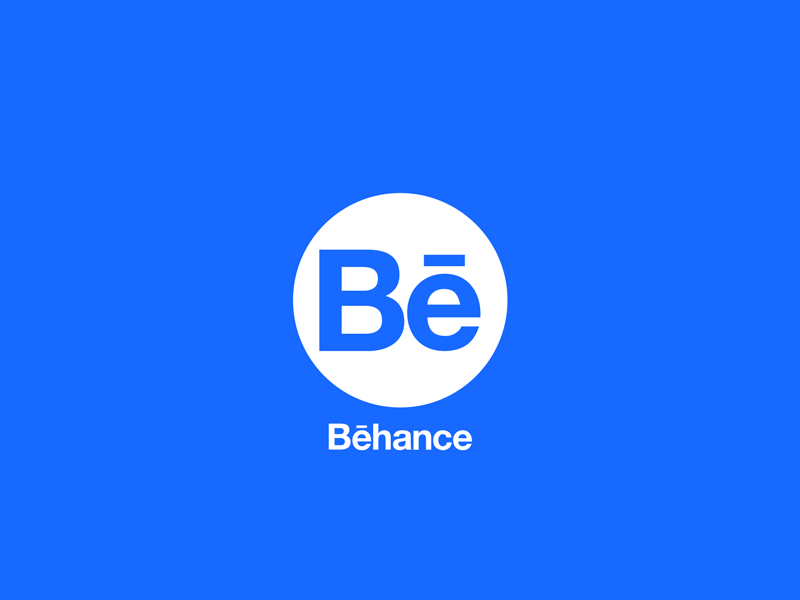
3. LinkedIn: A great option for professionals who want to embed project links or use their profile as an online portfolio that complements their resume.

4. Personal Website: Owning a personal domain (e.g., yourname.com) allows you to fully customize your portfolio’s presentation, aligning it with your brand and style. Platforms like WordPress, Squarespace, and Webflow make it easy to build a site from scratch.
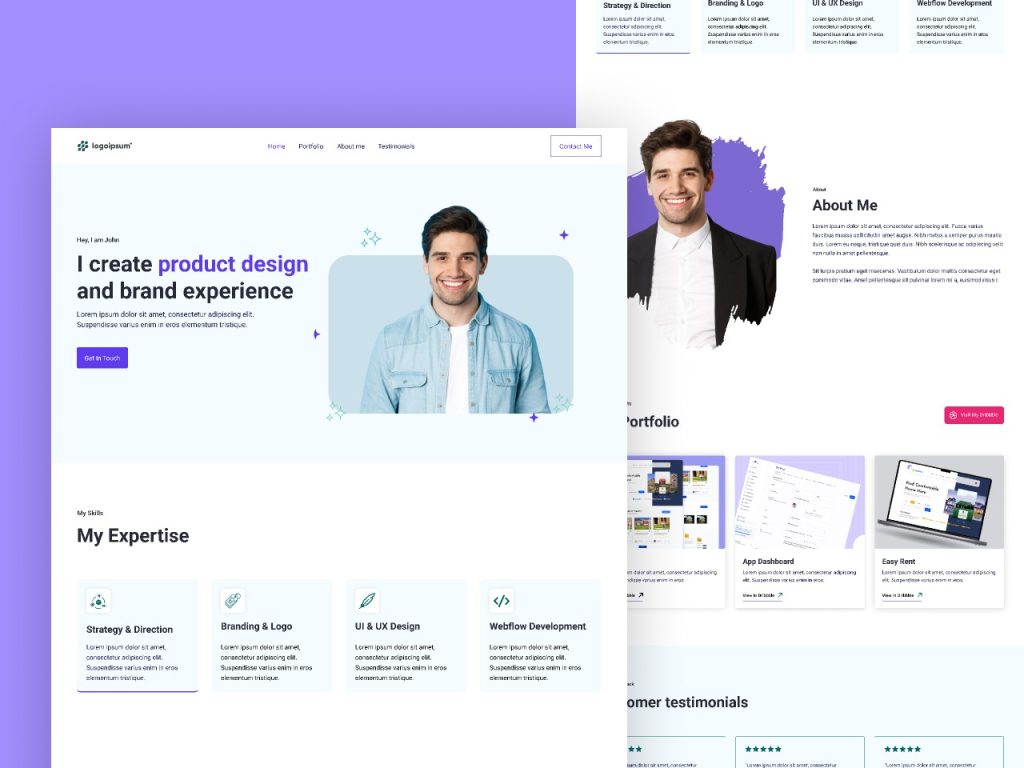
Curate Your Best Work
Think quality over quantity. Pick the projects that not only showcase your technical proficiency but also your passion for the work. Include projects that highlight different skills—coding, designing, problem-solving, or collaboration—to provide a full picture of your capabilities.
Related Posts
Add Descriptions
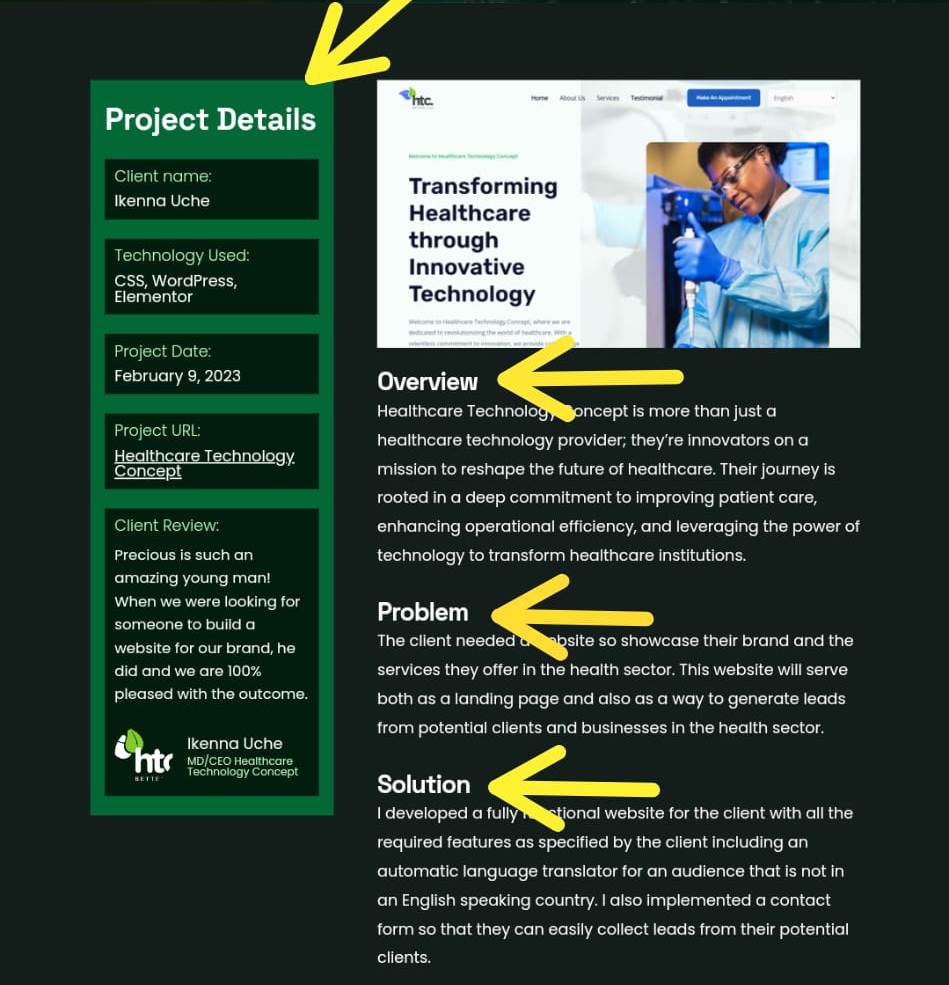
Each project should have a detailed case study that explains the context of the work. What problem were you solving? What technologies or methods did you use? How did you overcome challenges? What was the outcome? Answering these questions helps potential employers understand your thought process and how you approach real-world issues.
Use High-Quality Images and Videos
Visuals make a big impact. Screenshots of your apps, websites, or designs, alongside video demonstrations, will engage the viewer and make your portfolio interactive. Tools like Loom or OBS Studio can help you create short videos to walk through projects.
Keep It Updated
Your portfolio should evolve with you. As you complete new projects or learn new skills, update your portfolio to reflect that growth. This demonstrates that you’re staying current in a fast-paced field and are constantly improving your craft.
Tips for Creating a Great Portfolio
- Focus on Quality over Quantity: Employers would rather see a handful of polished, impressive projects than a flood of incomplete or mediocre work. Choose pieces that truly reflect your abilities and attention to detail.
- Tell a Story: Your portfolio isn’t just a collection of projects—it’s the narrative of your learning journey. Through thoughtful descriptions and presentations, show how your skills have developed over time, and let each project build upon the last.
- Get Feedback: Before you share your portfolio with the world, get opinions from mentors, peers, or industry professionals. Fresh eyes can catch things you may have overlooked and provide valuable insight into what works or what can be improved.
- Be Creative: Tech portfolios don’t have to be cookie-cutter. Consider how you can stand out—whether it’s through a unique user interface on your personal website, an interactive project demonstration, or a creative presentation format.
Conclusion
A portfolio is an invaluable tool for any tech learner. It’s a gateway to opportunities—whether you’re aiming to secure a job, impress clients, or connect with like-minded professionals. Beyond showcasing your technical skills, it reflects your commitment to growth, your creativity, and your passion for the field. By investing time in creating and maintaining an impressive portfolio, you set yourself up for success in the fast-evolving world of tech.
-

Driving digital solutions for businesses and individuals using technology. Tech Clarity Coach || Writer || Author || Digital Entrepreneur || Digital Marketer || Web Development Enthusiast || Founder – Tech Sisi
View all posts -

Precious Gabraels (Precious Okechukwu Nwosu) is a tech enthusiast. A professional Web Developer, Blogger, SEO Specialist, and Digital Marketer. He is also a co-founder of Nova Vamp Web Design Consultancy which specializes in the digitization of businesses.
View all posts

